A BIG-IP Administrator configures a Virtual Server. Users report that they always receive a TCP RST packet to the BIG-IP system when attempting to connect to it. What is the possible reason for this issue?
A BIG-IP Administrator discovers malicious brute-force attempts to access the BIG-IP device on the management interface via SSH. The BIG-IP Administrator needs to restrict SSH access to the
management interface.
Where should this be accomplished?
Which method is recommended for creating a new user from the CLI?
-- Exhibit –
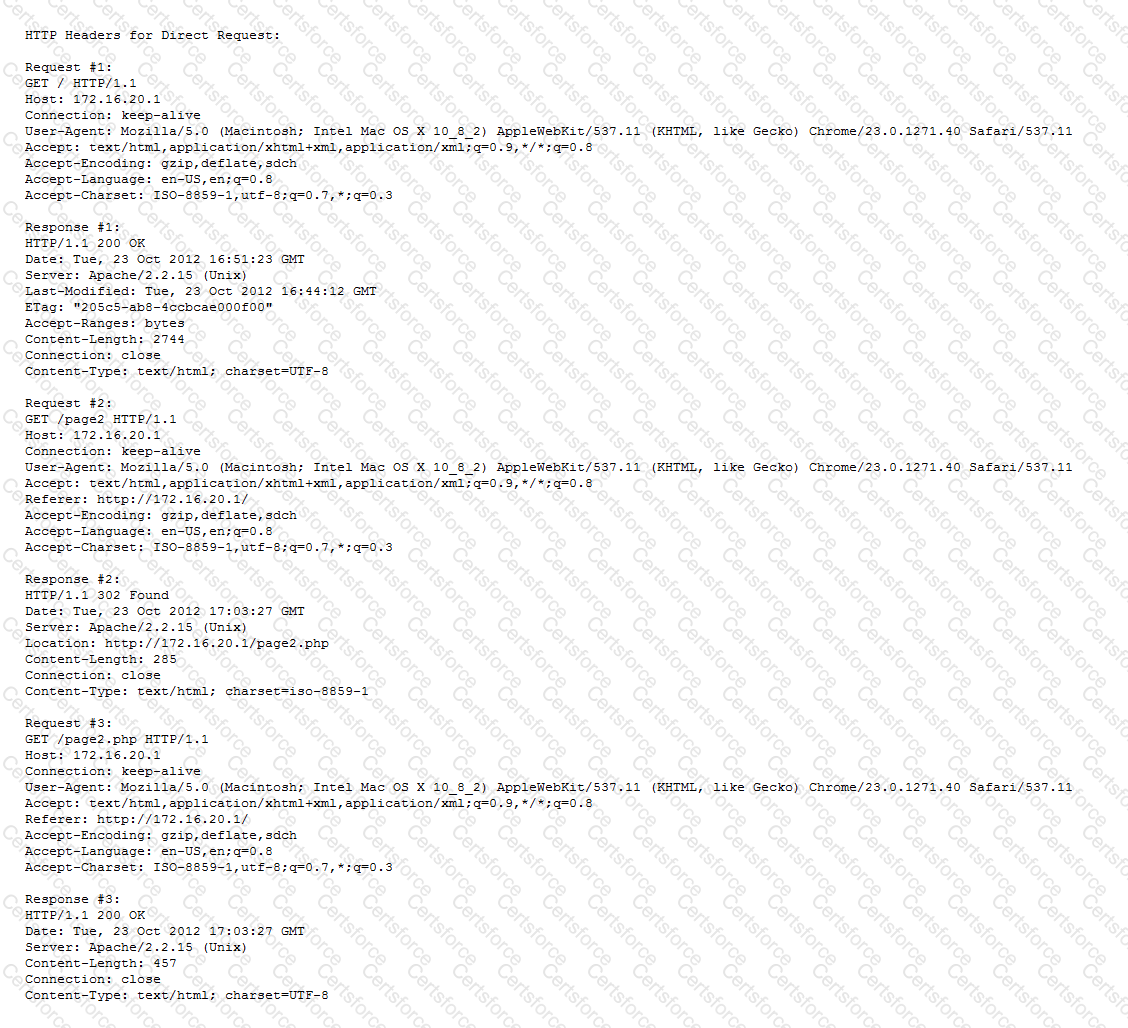

-- Exhibit --
Refer to the exhibits.
A customer requests to offload SSL for an internal website. The front page of the website loads correctly; however, selecting links on the page fails.
How should the LTM Specialist fix the issue?
-- Exhibit –
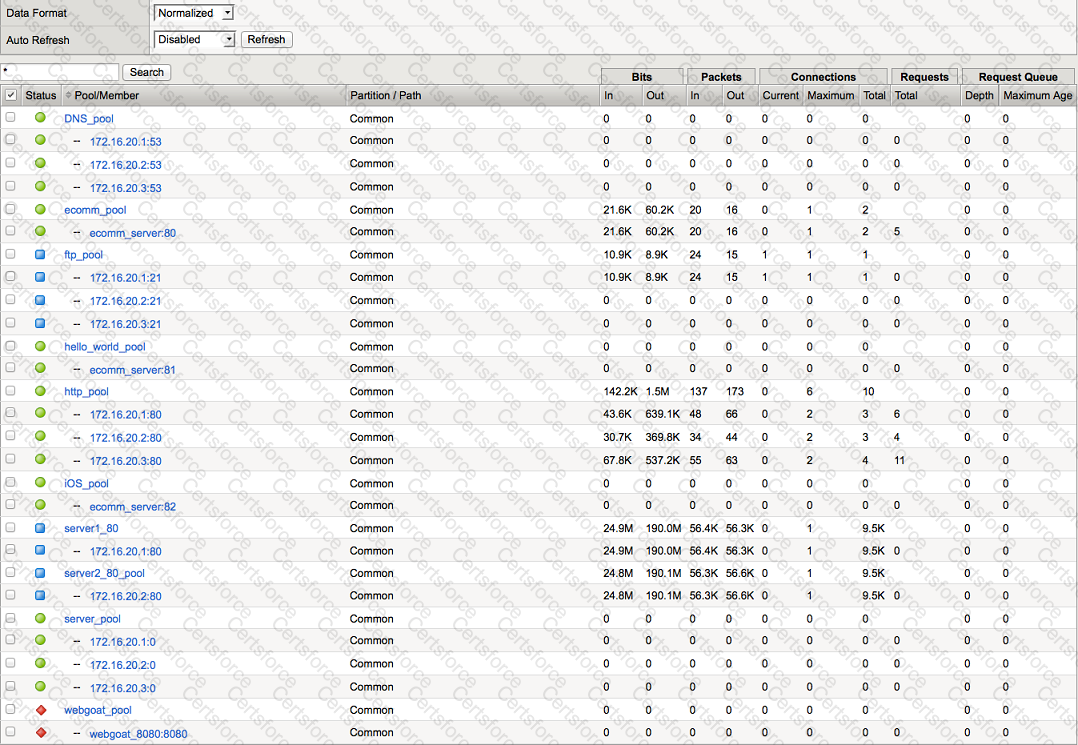
-- Exhibit --
Refer to the exhibit.
Which pool can be removed without affecting client traffic?
An LTM device is serving an FTP virtual server that has three pool members. The FTP pool members are monitored via TCP port 21. Customers are reporting that they are able to log in, but are sometimes unable to upload files to the server.
Which monitor should the LTM Specialist configure to verify that the servers can handle file uploads?
-- Exhibit –
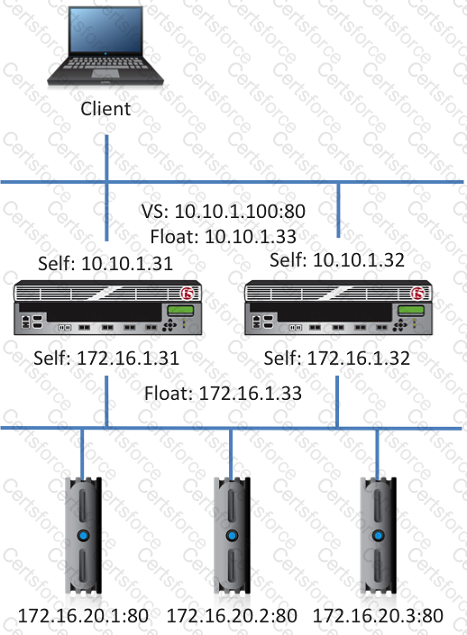
-- Exhibit --
Refer to the exhibit.
A server administrator notices that one server is intermittently NOT being sent any HTTP requests. The server logs display no issues. The LTM Specialist notices log entries stating the node (172.16.20.1) status cycling between down and up. The pool associated with the virtual server (10.10.1.100) has a custom HTTP monitor applied.
Which tcpdump filter will help trace the monitor?
Two LTM devices must be manually configured to restrict in the same Device Group.
What is the correct order of steps to meet this requirement?
Refer to the exhibit.
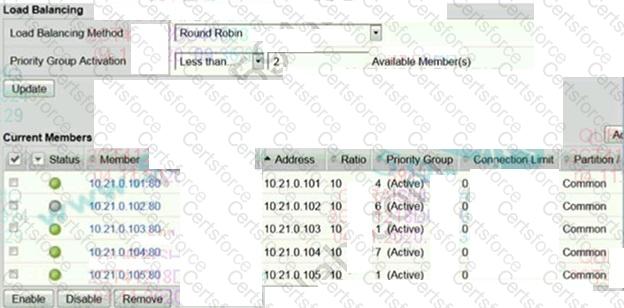
Which two pool members are eligible to receive new connections? (Choose two)
Refer to the exhibit.
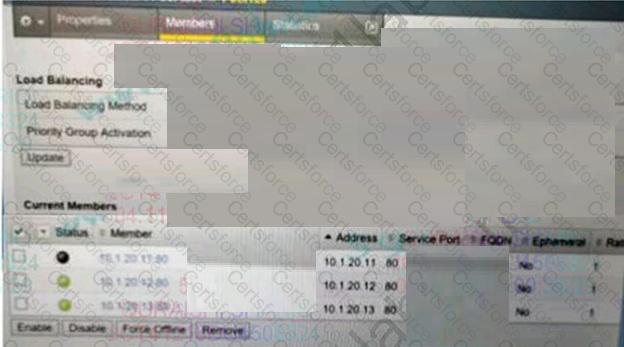
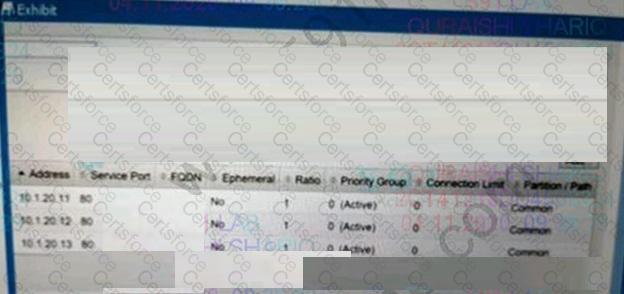
During maintenance, the BIG-IP Administrator manually disables a pool member as shown.
What is the result?
Refer to the exhibit.
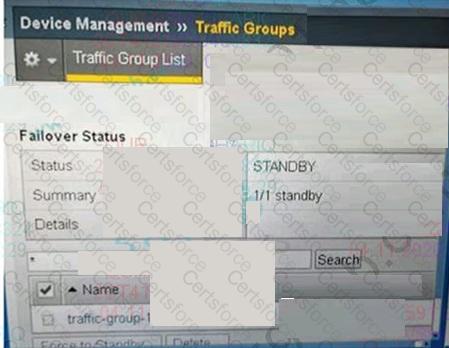
A BIG-IP Administrator needs to fall over the active device. The administrator logs into the Configuration
Unity and navigates to Device Management > Traffic Group. However, Force to Standby is greyed out
What is causing this issue?
Refer to the exhibit.
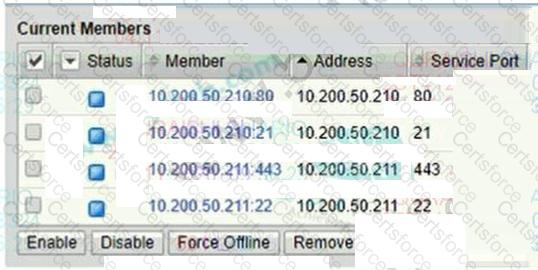
A BIG-IP Administrator needs to configure health monitors for a newly configured server pool named
Pool_B.
Which health monitor settings will ensure that all pool members will be accurately marked as available
or unavailable?
A BIG-IP Administrator plans to resolve a non-critical issue with a BIG-IP device in 2 weeks. What Severity level should be assigned to this type of F5 support ticket?
In an iApp, which configuration protects against accidental changes to an application Services configuration?
An LTM Specialist needs to configure asetup for antivirus scanning of HTTP traffic with an internet Contact adaption Protocol (ICAP) server.
Which two server type should be used? (Choose two.)